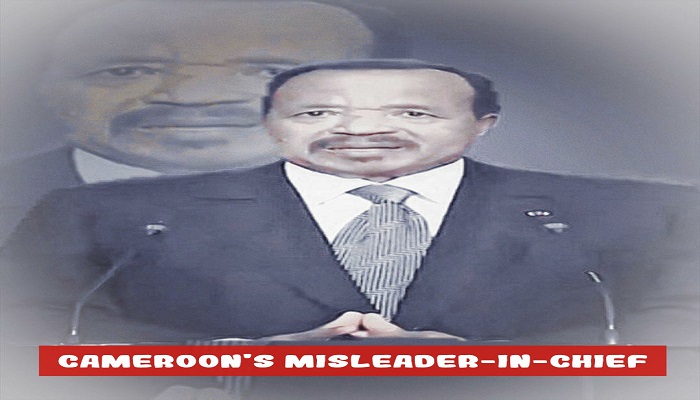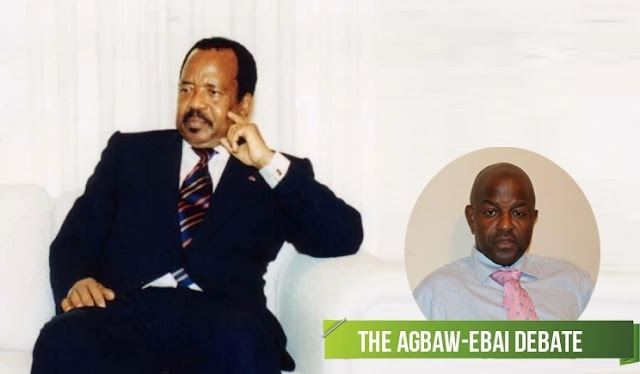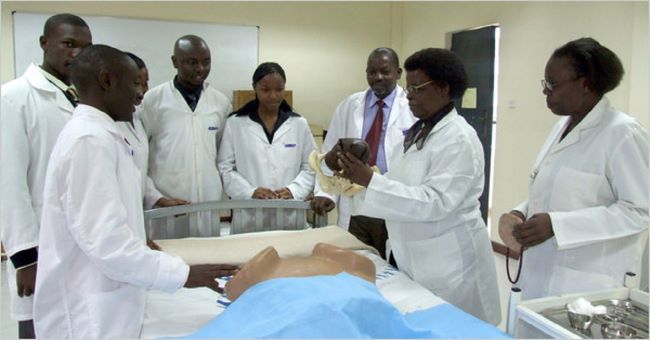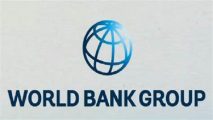Privacy Overview
This website uses cookies so that we can provide you with the best user experience possible. Cookie information is stored in your browser and performs functions such as recognising you when you return to our website and helping our team to understand which sections of the website you find most interesting and useful.


















4, June 2024
Southern Cameroons Rebellion: A major and forgotten crisis 0
In its report on the world’s most neglected crises, the Norwegian Refugee Council highlighted Cameroon, a country struck by two conflicts that barely make the headlines.
The major crises dividing Cameroon remain largely unnoticed on the international agenda, the Norwegian Refugee Council (NRC) noted in its June 3 report. Almost no one mentioned the war or the Lake Chad crisis impacting the two Anglophone regions since 2017.
Anglophone rebellion
The conflict in the Northwest and Southwest Anglophone provinces began in 2017 following a crackdown by security forces on the 2016 protests, which demanded an end to the marginalization of Anglophones in this predominantly French-speaking country. In response to the military and police brutality, an Anglophone independence movement took up arms and attacked government representatives. This led to the military’s mobilization and intervention in the two provinces. Since then, violence has continued between both sides, with each committing atrocities and holding the population hostage.
Schools especially targeted
The Anglophone crisis has claimed over 6,000 lives since 2016, according to Human Rights Watch. The crisis has displaced 638,000 people within the country. Schools are a particular target for the separatists: 2,245 schools, or 36% of the educational institutions in the anglophone region, have been forced to close. The NRC noted that residents suffer terrible hardships, ranging from murder to kidnapping.
Cameroon is grappling with deteriorating security in its northern region bordering Nigeria and Chad. Since 2013, the area has been disrupted by attacks from the Nigerian-based jihadist group Boko Haram. The group’s presence was bolstered by the Cameroonian government’s inability to secure its borders with Nigeria and Chad and its failure to develop the region increasingly affected by climate change, leading to youth unemployment and poverty.
Impact of the crisis in the Central African Republic
Cameroon has also been dealing with the influx of refugees fleeing neighboring countries, primarily the Central African Republic. According to the UNHCR, there are 332,000 refugees, mostly settled in towns and villages in eastern Cameroon. Additionally, nearly 120,000 Nigerian refugees are living in the Far North region. “52% of the refugees are women and girls, and 55% are children,” the UNHCR reported.
“The prolonged crisis is increasingly taking on a socio-economic dimension, with all sectors of the economy affected and rising food prices exacerbating rampant food insecurity. At least 2.5 million people are dangerously short of food,” the NRC observed, noting that only “32% of the humanitarian response plan was covered by international donors, the lowest rate since 2016.” The NRC concluded: “The growing levels of unmet needs, coupled with a lethargic response from the international community, mean that another difficult year awaits Cameroon in 2024.”
Each year, the NRC publishes a report on the ten most neglected crises affecting displaced people worldwide. It aims to highlight the plight of the displaced who rarely make international headlines, receive little or no aid, and are ignored by international diplomacy.
Culled from Crux International by Besong Eunice Nchong